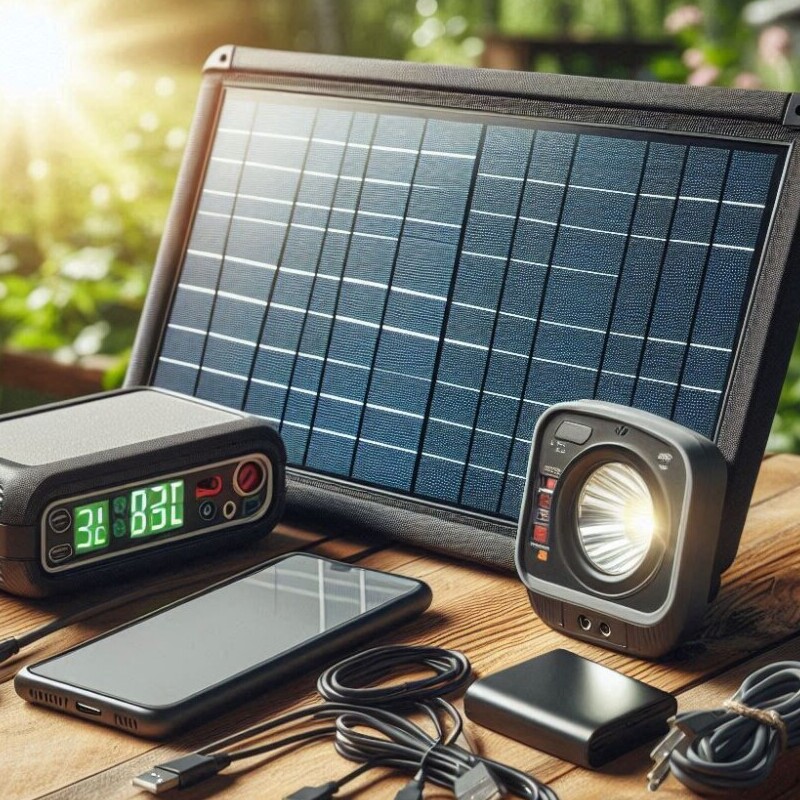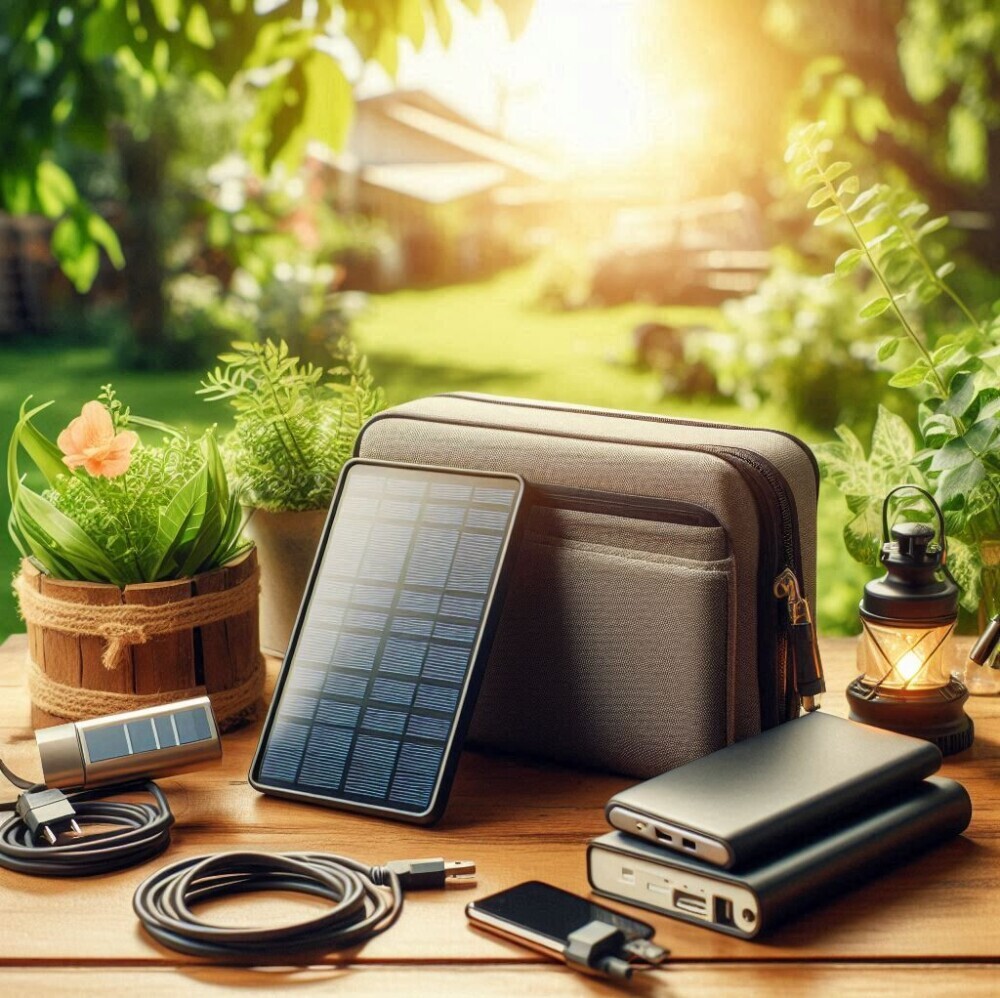First Solar Power
First Portable Solar Power

Portable solar power is all about generating electricity on the go. Perfect for camping trips or road excursions, it offers freedom and sustainability like nothing else. The key advantage? It’s both eco-friendly and cost-effective in the long run.
Before you kickstart your solar adventure, understanding the basic components is crucial. Everything begins with the solar panels—they’re your main source of converting sunlight into electricity. Opt for quality ones to ensure durability and efficiency over time. Then there’s the charge controller; it regulates the electricity flowing from the panels to your battery storage, preventing overcharging and potential damage.
You’ll also hear about inverters often, which convert the direct current (DC) from the panels into alternating current (AC), making it usable for most appliances. If you’re planning on running devices that require AC power, an inverter is indispensable.
Wondering what gear you need to dive into solar power? The essentials include solar panels, a charge controller, a battery for storage, and, yes, possibly an inverter. Most starter kits offer the basic parts bundled, simplifying the initial purchase decision.
If the inverter bit has you unsure, let’s clear it up. Portability often implies smaller-scale systems that might not need an inverter, especially if you’re solely charging DC-compatible devices like lights or phones. However, for broader appliance usage, you’re looking at the inverter territory.
Safety first! Ensure your setup is waterproof and stable, store batteries away from extreme temperatures, and always use cables rated for outdoor use. Simple steps like these will enhance your setup’s lifespan and efficiency.

Setting Up and Using Your Solar System: A Step-by-Step Guide
Getting your small solar power system up and running might seem tricky at first, but with the right steps, it’s smooth sailing. Position your solar panels in a spot where they can soak up maximum sunlight—clear from shadows and obstructions to optimize efficiency.
Battery storage is the backbone of your setup, storing all the solar energy your panels grab throughout sunny days. Pick a battery that matches your energy consumption needs conveniently; they’re typically labeled with capacity in amp-hours (Ah) to guide your choice.
Bringing your solar power bank to life for the first time? Here’s the lowdown: start by fully charging it using solar energy or by a wall outlet if available. This initial full charge helps to calibrate the device, ensuring it performs at its best from the get-go.
Want to keep your system in top shape? Maintenance is all about regular checks and balances—clean those panels of accumulated dirt and debris, inspect connections for corrosion, and keep battery terminals clear of grime. This kind of upkeep makes a big difference in efficiency.
Ultimately, understanding these core elements and how to tackle them sets you on a path towards mastering portable solar power. No more worrying about running out of juice on long trips; instead, you’re powered up, eco-minded, and maybe even inspiring others to follow suit!
%20(2).png)
















Comments